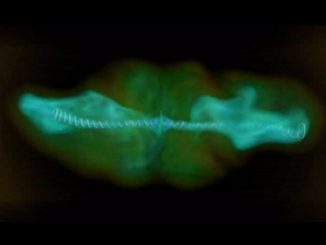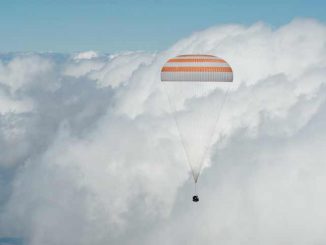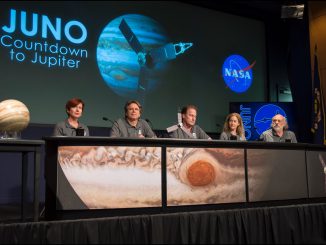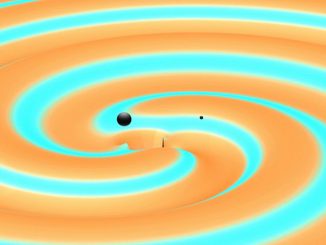
Astrophysicists release new study of one of the first stars
A research team has used the NASA/ESA Hubble Space Telescope’s Cosmic Origins Spectrograph to study a body known as BD+44°493, the brightest known second-generation star in the sky. BD+44°493 is thought to have been enriched by elements from one of the first generation of stars and the researchers detected several elements that had never been seen before in such a star.









